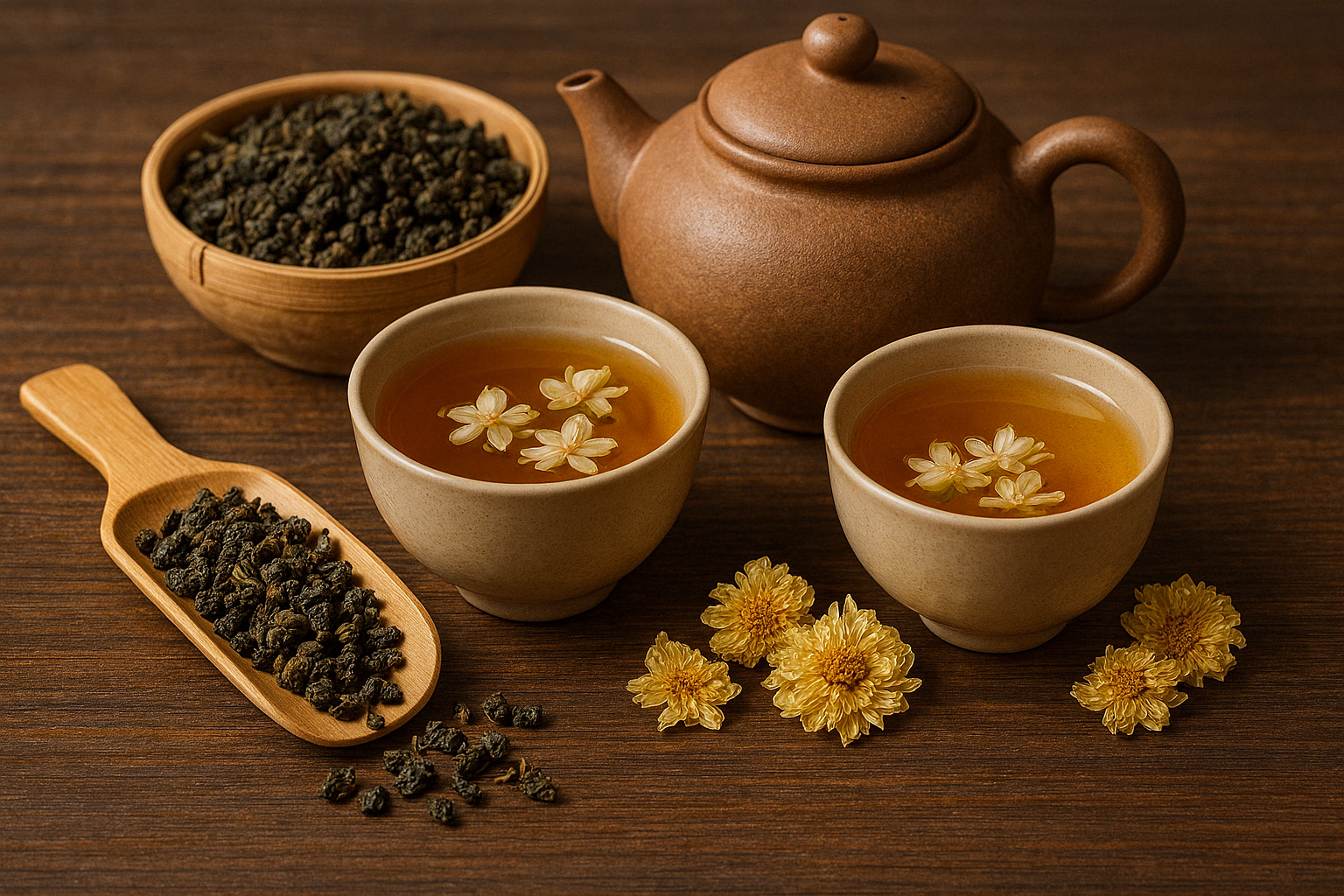That cup of tea you receive the moment you sit down in a Chinese restaurant? It more than a beverage it tradition health and hospitality in liquid form Let uncover what is the tea used in chinese restaurants why it matters and how it rooted in Chinese culture health science and centuries old wisdom Chinatown Hawker Leftovers Consumption
The Iconic Tea Experience in Chinese Restaurants
You have likely experienced it a steaming pot of earthy tea poured without asking It sets the tone for your meal cleansing the palate relaxing the mind and preparing the senses
But what is it exactly?
What is the tea used in chinese restaurants Common
Jasmine Tea
Delicate floral and soothing Often made with green tea scented with jasmine blossoms It calming and complements rich dishes well
Oolong Tea
Semi oxidized Bold Nutty Somewhere between green and black tea Known for aiding digestion which is perfect during or after dim sum
Pu erh Tea
Aged and fermented Deep Earthy Popular in Southern Chinese cuisines especially after heavy meals
Chrysanthemum Tea
Herbal caffeine free slightly sweet Often blended with pu erh or other teas Loved for cooling properties in Traditional Chinese Medicine
Green Tea Lü Cha
Light and grassy Served in more modern or fusion Chinese restaurants
Why These Teas? Tradition Meets Function
Tea is not just a drink in Chinese culture it medicine mindfulness and social glue The selection of teas in restaurants isnt random It curated for purpose
Aiding Digestion
Jasmine oolong and pu erh teas all support digestion Studies show that these teas can stimulate gastric juices and promote gut health
Source Effects of tea polyphenols on digestive health Journal of Nutritional Biochemistry
Balancing the Meal
Chinese cuisine often includes rich oily or spicy dishes Tea cuts through heaviness resets the palate and keeps the body in harmony Oolong and pu erh are especially prized for their cleansing properties
Cultural Continuity
Serving tea before meals is an act of respect It welcomes guests and signals a focus on wellness and mindfulness
The Science Behind the Sip
Tea leaves are rich in catechins theaflavins polyphenols and antioxidants compounds that support metabolism cardiovascular health and cognitive function
Expertise Behind the Teapot
The choice of tea often reflects the region of China the cuisine originates from
Cantonese restaurants favor pu erh or chrysanthemum for dim sum and roast meats
Sichuan cuisine known for its spice pairs well with oolong to balance heat
Beijing style dining may offer jasmine for a more delicate experience
Chefs and owners often choose teas based on harmony yin and yang of food and drink
Behind the Scenes How It Served
Loose Leaf or Bag?
High end places use loose leaf teas offering better aroma and flavor
More casual spots might use tea bags for convenience
Teapots and Temperature
Proper water temperature matters Green tea prefers cooler water ~80°C while pu erh demands boiling ~100°C
No Sugar No Milk
Chinese teas are served pure to respect the leaves their health benefits and traditional customs
How You Can Bring the Experience Home
Buy authentic Chinese teas from specialty tea shops or online from verified sources
Use porcelain or glass teapots to preserve the flavor
Avoid adding sugar try it in its true form
Make your meals more grounded and aromatic with a side of oolong or jasmine Your digestion and mood will thank you
Expert Recommended Tea Brands
Ten Ren Tea
Authentic Chinese tea company with global presence
Teavivre
Premium loose leaf teas directly sourced from China
Rishi Tea
Organic and quality blends great for jasmine and oolong
Always check for authenticity harvest date and origin
Modern Twist Fusion Tea in Chinese Restaurants
Contemporary restaurants now offer tea infused cocktails bubble teas with oolong bases or even tea smoked dishes
Tea is evolving but still grounded in its roots
Frequently Asked Questions
What is the most common tea in Chinese restaurants?
Jasmine tea and oolong tea are most common Jasmine for its floral aroma and oolong for digestive support
Is the tea served at Chinese restaurants healthy?
Yes Most teas served like jasmine oolong and pu erh are full of antioxidants and aid in digestion
Why do Chinese restaurants serve tea before the meal?
It a traditional gesture of hospitality intended to prepare the body and palate for food
What does Chinese tea taste like?
It varies Jasmine is floral oolong is nutty and roasted pu erh is earthy and green tea is grassy
Can I buy Chinese restaurant tea for home use?
Absolutely Look for brands like Ten Ren Teavivre or Rishi Tea for authenticity
Conclusion
The tea served in Chinese restaurants is far more than a simple beverage it a symbol of culture hospitality and health Whether it the floral notes of jasmine the rich earthiness of pu erh or the balanced depth of oolong each tea is chosen with care to complement the meal and support well being Rooted in centuries of tradition and backed by modern science these teas offer digestive benefits antioxidant power and a calming experience that enhances every visit

